Market Share
Construction Wearables Market Share Analysis
Construction wearables market is considered as an emerging sector in the construction industry that has seen realignments in market share positioning strategies by companies operating within it today looking for innovative solutions to enhance worker safety and productivity.
Product differentiation is one of the most common market share positioning strategies. Companies are spending huge amounts on research and development to develop unique and technologically advanced construction wearables. These wearables have gone beyond simple security features to incorporate elements like real-time monitoring of data, GPS tracking, integration with other smart construction technologies among others. In order to attract a portion of the populous which values state-of-the-art technology and holistic approaches, these firms provide distinctive features plus value addition services.
Additionally, another major strategy employed is cost leadership. Some players in the Construction Wearables Market are competing for market share through low-cost solutions that do not compromise quality and safety requirements. This focus on a segment of the market that is price-sensitive and looking for affordable wearables but still effective is quite effective. The companies can offer better prices by optimizing their production processes and taking advantage of economies of scale enabling them to access new markets.
Another important strategy relates to collaboration and partnerships that help in market share positioning. For an industry characterized by intricate interdependencies, it becomes apparent that these companies need to form alliances with other players in the construction ecosystem. By partnering with technology vendors, large equipment makers and software developers among others; wearable firms create holistic systems that address broader aspects of construction problems than just one issue at a time. These mutually supportive alliances aim at creating larger market presence.
Furthermore, customer-centricity has become a popular approach towards achieving desired market shares. Companies are increasingly focusing on understanding what their customers want as well as identifying their specific pain points. This requires active collection of feedback through surveys or even having conversations to ensure products meet expectations all the time. Customer needs and preferences should be used as a basis upon which goods are developed thereby fostering brand loyalty while offering competitive edge within the Construction Wearables Market.

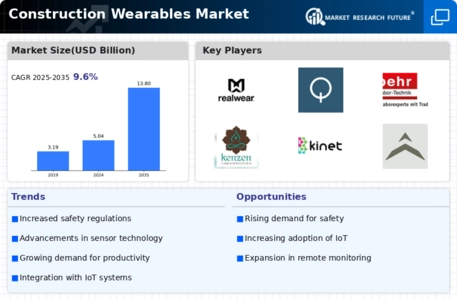
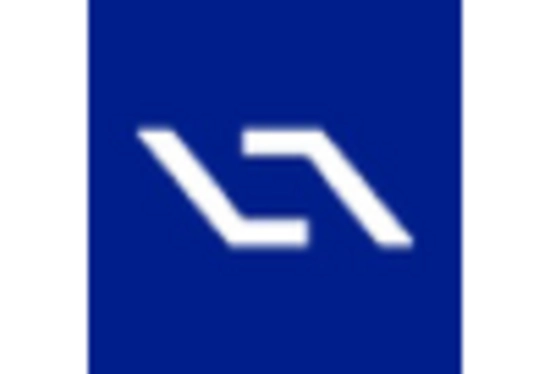
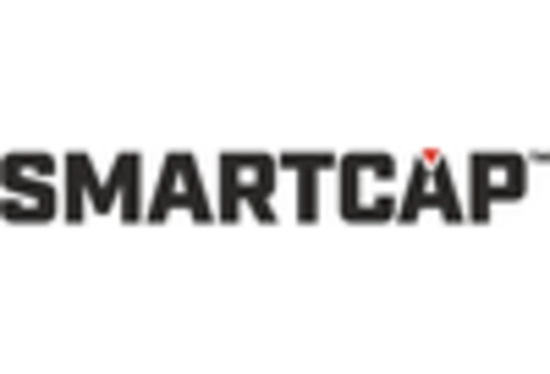

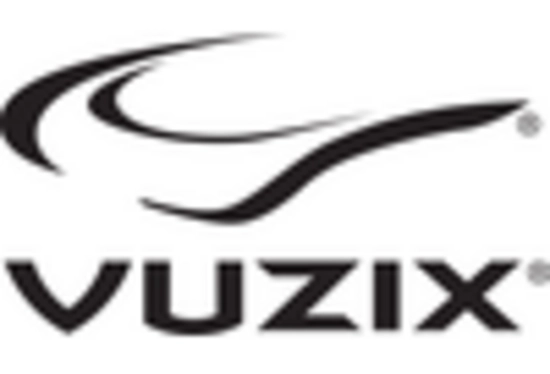
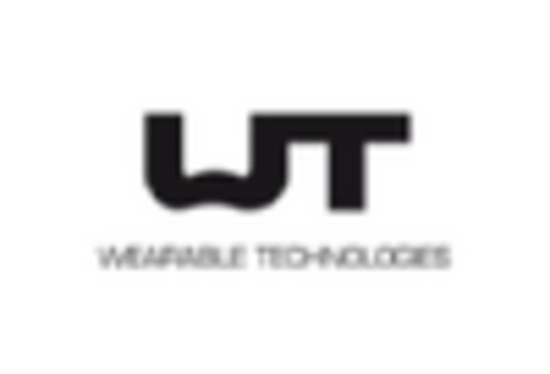


Leave a Comment